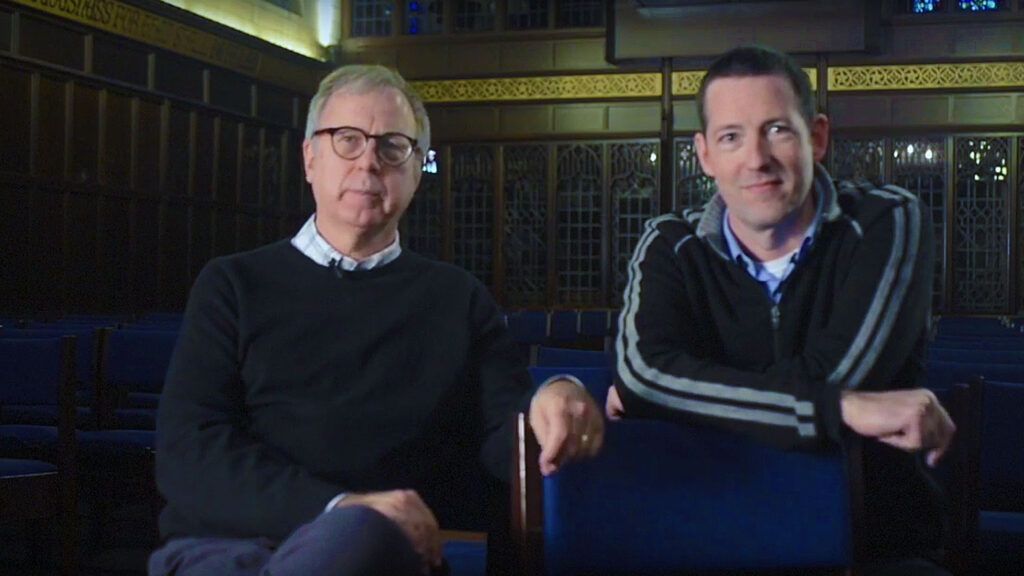Woodhouse and Tinucci were profiled in the February 2017 issues of Guideposts magazine.
Hi. I’m David Woodhouse. I’m a principal in Woodhouse Tinucci Architects in Chicago.
And I’m Andy Tinucci, principal at Woodhouse Tinucci Architects. So what is it like to design sacred spaces? That’s a simple one.
It is.
[MUSIC PLAYING]
An architect’s role is one of observation and translation.
The special thing about designing the church is that it’s all about experience. It’s the experience of something that can’t really be seen or touched or tasted. It has to come from inside of you.
A sacred space is a space that people come to find something that isn’t physical. When you design a space for the purpose of someone finding something not physical or abstract, you have to think about things like light. You have to think about things like space. You have to think about things like sound.
We try and make the light something that is tangible, something you can feel and touch, because that’s that idea of connecting to an abstract concept. If you can grasp light, perhaps you can grasp God.
I’m not enough of a philosopher to know why people have always been moved by light, but that’s always been true. It’s happened to each and every one of us. And architecture can heighten that. You know, light’s all around us. Architecture is one of the things that can signify it, you know– give it meaning, make us notice it, allow us to explore it. And churches are one of the primary building types that do that because of the– because of their purpose.
Many people go to church. Many people know what churches are. And they would tell you not what the building is, but they would tell you what you do there. And I think an architect’s job is to be able to translate how the act of doing something in a place is actually a recipe for how you construct a place.
So we always want for the architecture to actually be a protagonist in its users’ stories, to give users more agency through its nature, through the nature of the physical space. I think that churches are one of the few building typologies that, actually, really help you to feel the power of space.
[MUSIC PLAYING]





